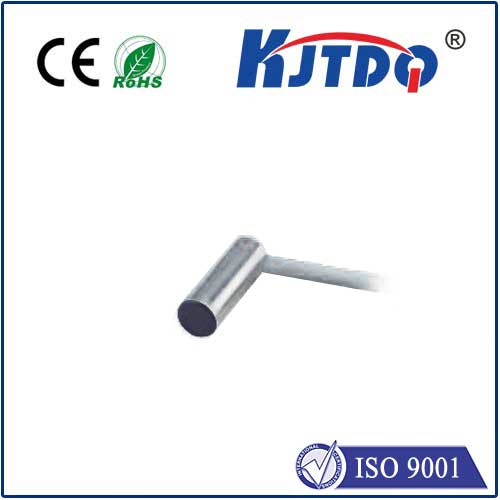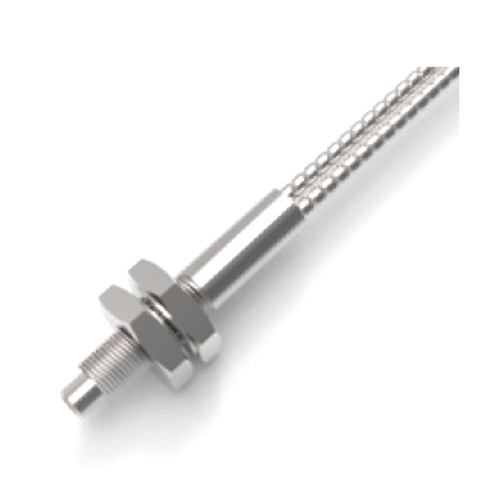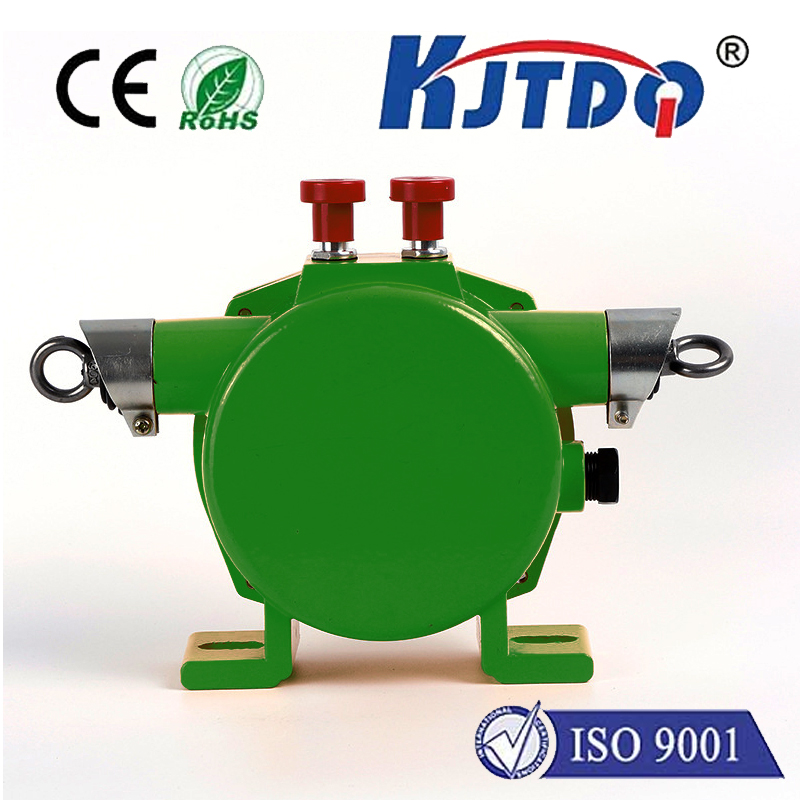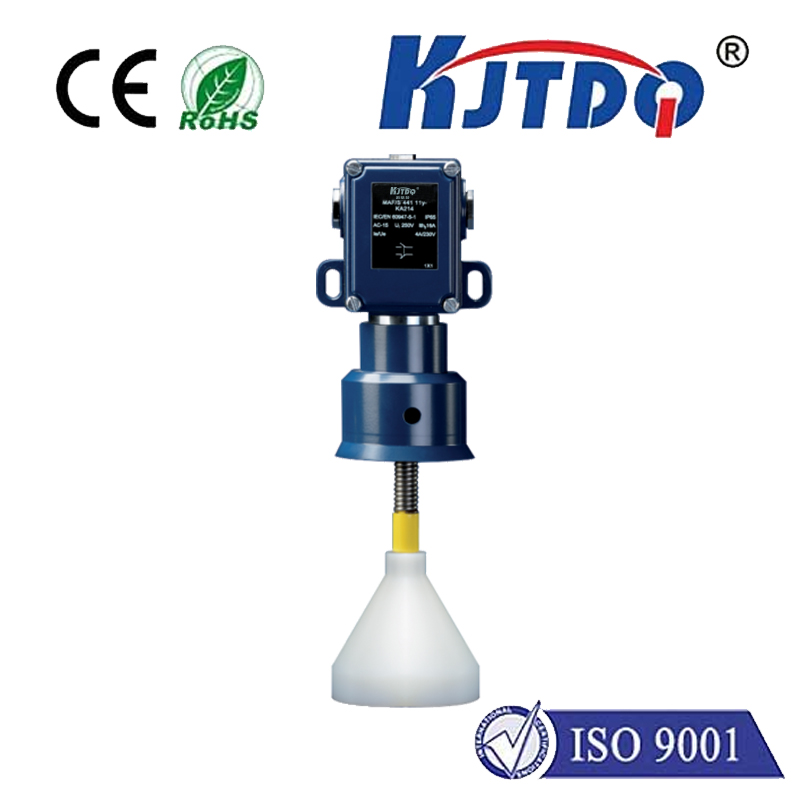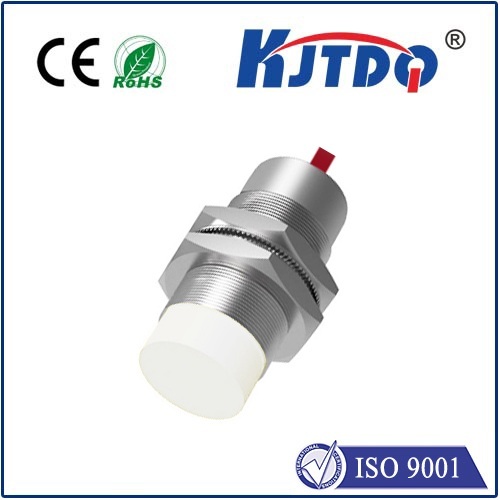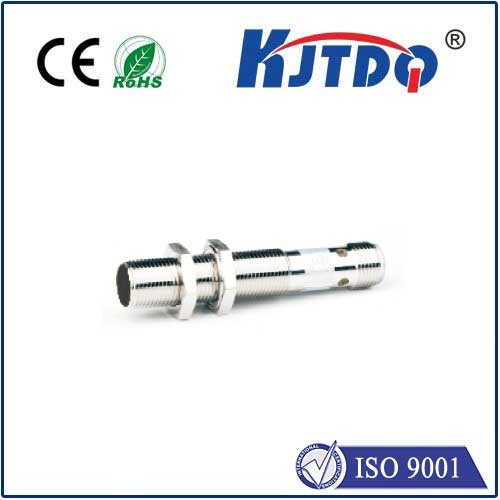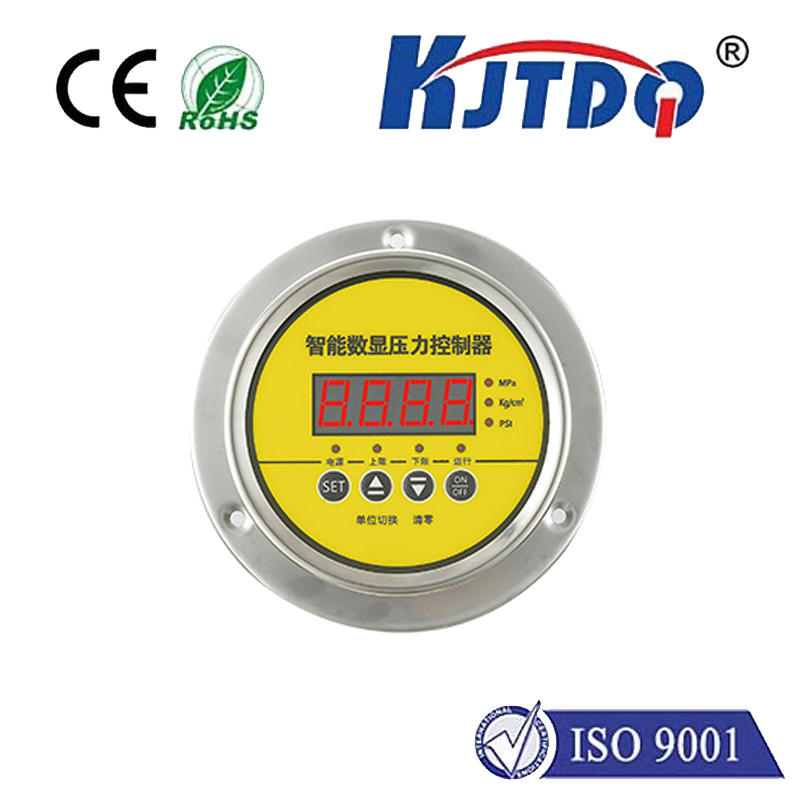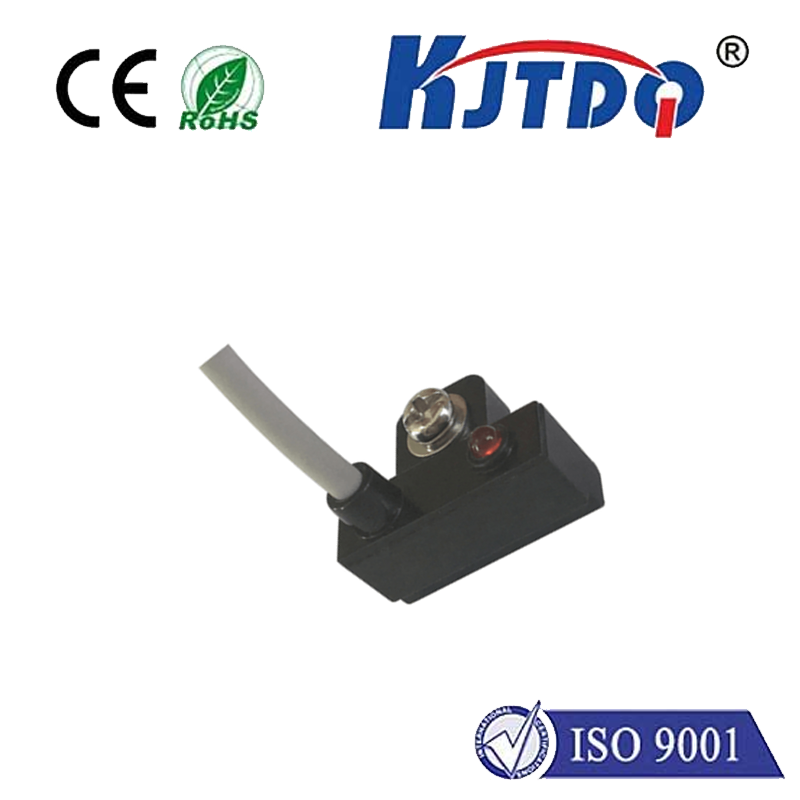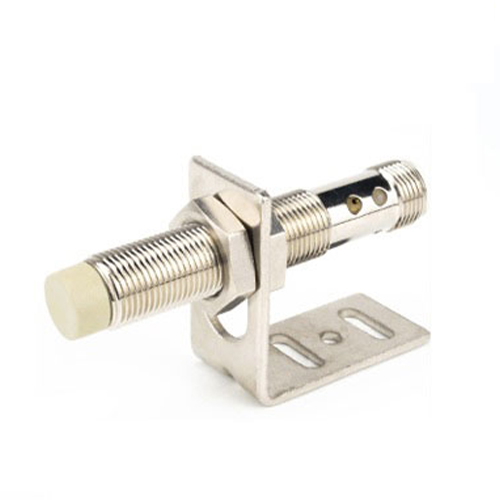sensor proximity capacitive
- time:2025-06-27 02:43:38
- Click:0
Capacitive Proximity Sensors: The Silent Force Behind Modern Automation
Have you ever wondered how your smartphone screen dims when held to your ear during a call, or how an automatic faucet magically turns on as your hands approach? The unseen hero enabling these seamless, touch-free interactions is often a capacitive proximity sensor. Operating silently and reliably, these sensors detect the presence or absence of objects without any physical contact, utilizing the fundamental principles of capacitance. Understanding how sensor proximity capacitive technology works reveals its profound impact across countless industries and everyday devices.
Detecting the Invisible: The Core Principle
At its heart, a capacitive proximity sensor functions by generating an electric field from its sensing face. This field extends into the surrounding space. Crucially, all objects – whether conductive like metal or non-conductive like plastic, wood, glass, or even a human hand – have a property called dielectric constant. When any object enters this generated electric field, it causes a measurable change in the sensor’s capacitance. Essentially, the object distorts the field lines, increasing the capacitance value. The sensor’s integrated electronics continuously monitor this capacitance. When the change exceeds a pre-set threshold, the sensor triggers an output signal, indicating the object’s detection. Unlike inductive sensors that only detect conductive metals, capacitive proximity sensors excel at detecting a vast array of materials, making them incredibly versatile. Their non-contact detection capability is key to reliability and longevity.
Why Capacitive Sensors Dominate in Key Applications

The unique advantages of capacitive proximity sensors make them indispensable in many scenarios:
- Non-Contact, Wear-Free Operation: Since detection occurs through the electric field without physical touch, there is zero mechanical wear on the sensor or the target object. This translates to exceptionally long operational lifespans and minimal maintenance, crucial for industrial environments.
- Material Agnosticism: Unlike inductive sensors restricted to metals, capacitive proximity sensors can reliably detect liquids, powders, granulates (like grains or pellets), plastics, wood, cardboard, and glass containers. This broad material-independent detection capability is perhaps their most significant strength.
- Resilience in Harsh Environments: Designed to be robust, these sensors perform reliably even when coated with dust or non-conductive films. Many are sealed to high IP ratings (Ingress Protection), making them suitable for washdown areas in food processing, chemical plants, or dusty manufacturing floors. Their immunity to environmental contaminants ensures consistent performance.
- Precision and Sensitivity Adjustment: Most capacitive sensors feature a potentiometer or teach-in function, allowing fine-tuning of the sensing distance and sensitivity. This adjustability enables reliable detection of difficult targets like thin films, adhesives, or materials with low dielectric constants, optimizing them for highly specific tasks like fill level control or presence verification.
Capacitive Proximity Sensors in Action: Key Industries
The strengths of sensor proximity capacitive technology are leveraged across diverse fields:
- Industrial Automation: Foundational for object detection, position verification on conveyors, part counting, and end-of-travel detection in machinery. Their ability to sense through non-metallic walls makes them ideal for fill level monitoring in tanks or silos containing liquids, powders, or granulates – crucial for process control and preventing overflows or run-dry conditions.
- Consumer Electronics: Ubiquitous in smartphones (screen on/off during calls, touchscreens), tablets, laptops (touchpads), and touchless interfaces on appliances. Proximity sensing enables energy-saving features and intuitive user interactions.
- Automotive: Employed in seat occupancy detection (for airbag control), touch-sensitive controls on dashboards and doors, rain sensors for automatic wipers, and hands-free boot/trunk opening systems, enhancing safety and convenience.
- Packaging and Material Handling: Used to detect labels, stacked cardboard, plastic bottles, or the presence of products on conveyors, ensuring smooth packaging line operation and quality control.
- Building Automation: Integral to touchless light switches, automatic faucets, soap dispensers, flush mechanisms, and door activation systems, promoting hygiene and energy efficiency.
- Agriculture: Monitoring grain levels in silos or detecting the presence of crops or materials in automated processing equipment.
Beyond the Basics: Advanced Capabilities
Modern capacitive proximity sensors offer sophisticated features enhancing their utility:
- Shielded vs. Unshielded Designs: Shielded sensors have a focused field perpendicular to the face, ideal for flush mounting in metal. Unshielded sensors offer a larger, more radial sensing range, suitable for detecting objects to the side or requiring longer ranges but needing non-metallic mounting.
- Analog Outputs: Beyond simple on/off detection, some sensors provide analog signals (e.g., 4-20mA, 0-10V) proportional to the distance or material properties, enabling continuous measurement tasks.
- IO-Link Integration: Smart sensors with IO-Link communication provide detailed diagnostics, remote parameter setting, and process data, enabling predictive maintenance and deeper integration into Industry 4.0 architectures.
- Hybrid Solutions: Combining capacitive sensing with other technologies (like optical) creates sensors capable of addressing even more complex detection challenges.
The Future is Touchless
The demand for reliable, hygienic, and maintenance-free sensing solutions continues to surge. Capacitive proximity sensors, with their unique blend of non-contact operation, exceptional material versatility, and proven ruggedness, are perfectly positioned to meet this demand. From the factory floor monitoring critical processes to the smartphone in your pocket enabling seamless interaction, sensor proximity capacitive technology operates silently and effectively. As automation deepens and the Internet of Things (IoT) expands, the role of these sensors in object detection, level sensing, and enabling intuitive human-machine interfaces will only grow more significant, solidifying their position as a fundamental enabler of modern technology. Their ability to sense the presence of the physical world through an invisible cloak of electricity remains a cornerstone of intelligent systems.






